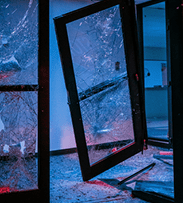The consequences of not allocating the appropriate focus on the physical security measures of a property can come at a hefty price.
This does not refer to the monetary cost only, which in itself includes expenses on damages/repairs and of course loss, but also the emotional burden that comes with potentially experiencing a life-threatening situation or substantial physical harm.

Designers, architects, security professionals and property owners have the responsibility of managing controls against risk, taking in account all the costs implied in this critical task whilst also aiming for a balance between security and aesthetics.
Although different applications will require different physical security measures (because you won’t be applying the security measures of a military base or critical national infrastructure to your luxury home or business premises), we’re sure at least some of the guidance provided in this blog will be relevant to your specific application.
If you are interested in further information regarding a particular risk or environment, be sure to download some of our bespoke guides or contact a member of our team for assistance.
What exactly are physical security measures?
These are the tools designed to prohibit unauthorized access to facilities, equipment and assets as well as protecting staff and property from damage.
Risk types range from espionage to theft, vandalism and even terrorist attacks.
Throughout our content, we repeatedly highlight the importance of having a holistic approach when dealing with physical security because never will one single measure be enough to protect people and property.
Another point worth mentioning is insurance premiums. If, for example, we refer to business insurance premiums, most providers will frequently give you a hefty quote based on a variety of factors, one of them being the level of security of premises.

If you can prove your property has strong physical security measures in place, you may benefit from a reduction on your insurance premium costs.
Moving on, we have listed some physical security measures below that may serve as guidance if you are currently looking into options for increasing your security:
Security-Focused Infrastructure Measures
In other words, natural surveillance. If you find yourself at an early stage of a project, you should definitely take advantage of designing facilities focused on security.
The basis of this approach is to make spaces more open and visible to your security staff and authorised personnel.
This will make it challenging for intruders to go by unnoticed.
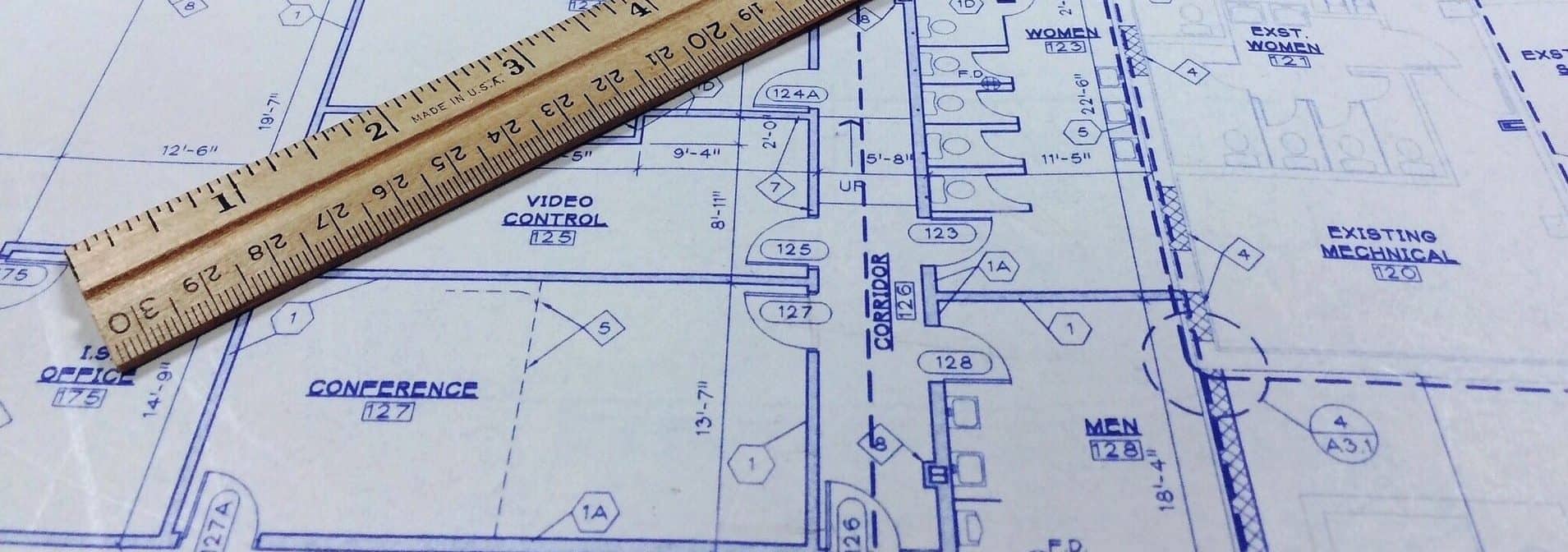
For example, placing important resources in an area that requires crossing a wide and open space will certainly make it difficult for attackers to enter without being detected.
Using transparent glass panels instead of walls in some areas would also contribute towards this objective.
Perimeter Physical Security Measures
A system of interdependent layers of security is the most effective method for protecting a property, and it all starts at the perimeter.
Placing vehicle-restricting obstacles along the borders of your premises or at least at critical entry points will instantly make an attack less likely of being successful.
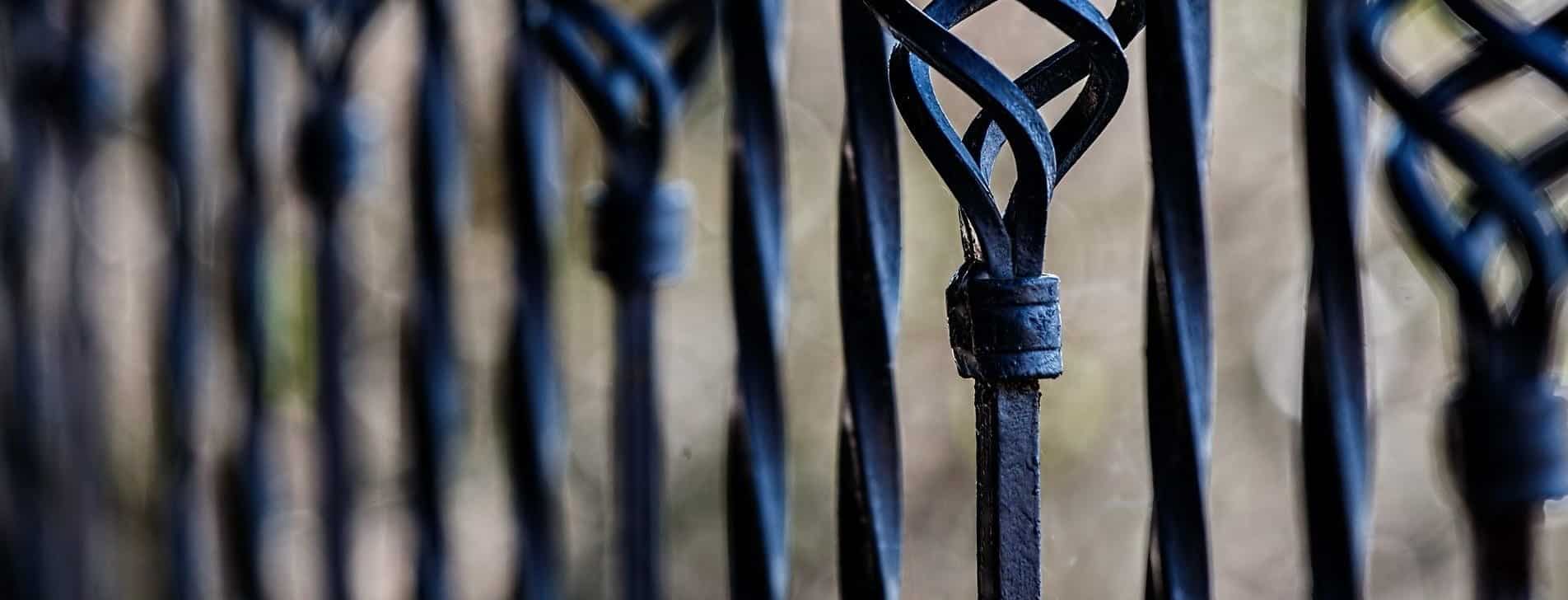
Humans aren’t exactly strong enough to break through a wall or any type of barrier without the use of machinery or vehicles, and they will also likely need a quick means of transport for escape, so make sure you’re making their access difficult from the start.
Depending on the required level of security, visibility, aesthetics, and type of application, you will find a wide range of vehicle barrier systems such as fences, gates, roadblocks, bollards and security shutters.
Security Shutters
A durable and visible deterrent, security shutters are a highly effective physical security measure and can be specified for both high-risk and low-risk properties.
Essentially, a shutter provides an additional and retractable layer of protection for entrances and apertures against vandalism and unauthorised entry.
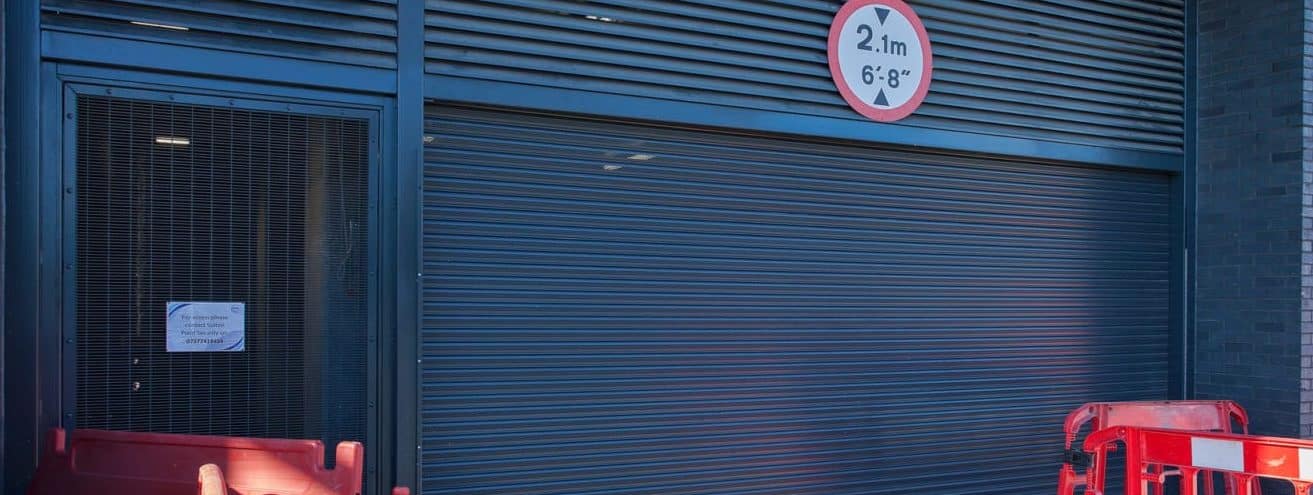
Deploying security shutters discourages burglars from initially considering an attack, and even if they decide to pursue forced entry, the shutters will dramatically increase the length of time a criminal spends in trying to gain access to the interior.
Registering Entry and Exit Activity
When it comes to access into the general premises or high-value asset spaces, you are challenged with two risks: someone external trying to break in, and personnel with authorized access who could misuse their level of permission.
Let’s face it, a logbook isn’t going to make the cut.
Consider using authentication systems that can be incorporated into locking devices, for example, smart cards or biometric scans, both effective physical security measures for recording the identity of persons entering.
High-Quality Locks
This one goes without saying, but make sure your security manager invests in high-quality locking mechanisms.
Both doors and windows should be perfectly secured with quality locks that will not break easily nor are in an outdated state.
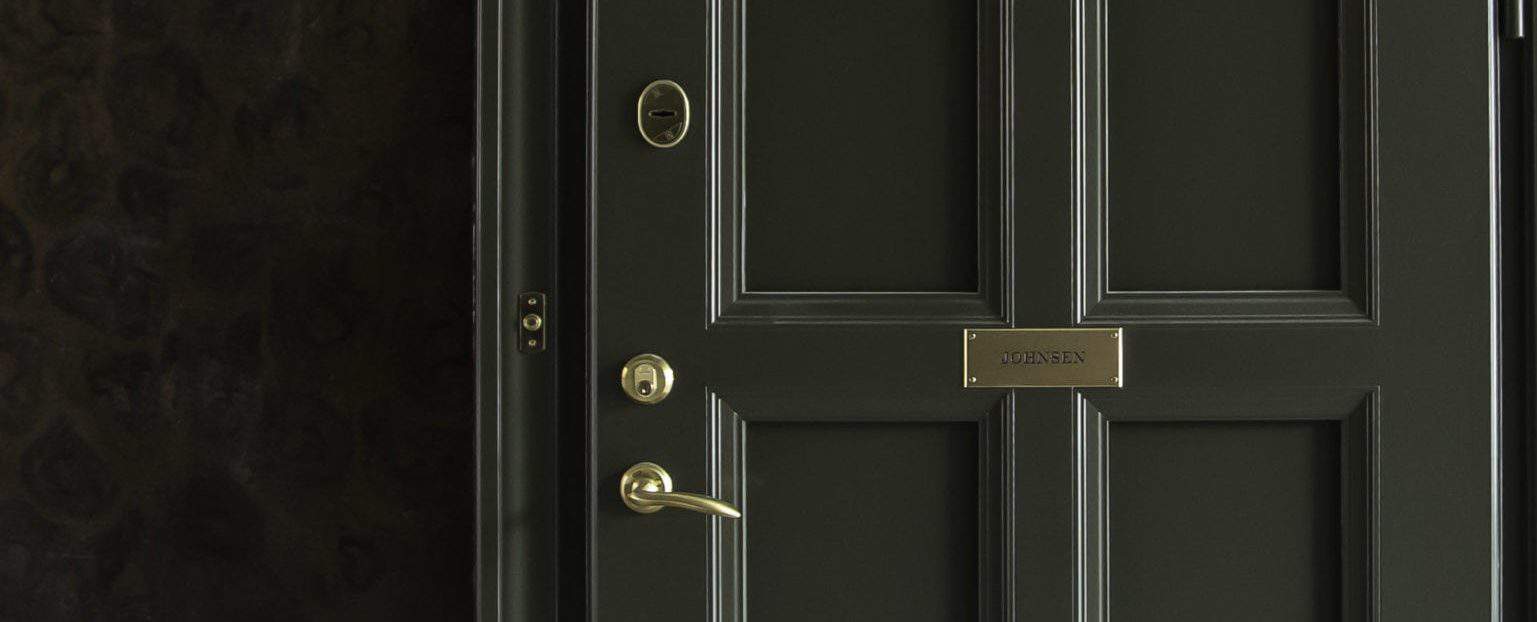
Remember, any lock you implement will render useless if it is not appropriately and constantly secured.
For some applications, you will need to establish policies that require access points to be locked anytime a room is unoccupied.
It is also vital to have a clear outline/management of staff that hold keys or have access to keycodes.
Video Surveillance Measures
If video surveillance is placed correctly, you will benefit from 3 functions this physical security measure can offer.
The first thing an intruder will avoid is being seen.
When you place surveillance cameras strategically, preferably in highly visible locations and pointing to critical areas of observation, they will serve as an effective deterrent.
Secondly, you are provided with a constant feed and can receive real-time notifications in case of an altercation.
Modern camera systems will monitor continuously or can also have integrated motion detection technology to record only when there is movement.
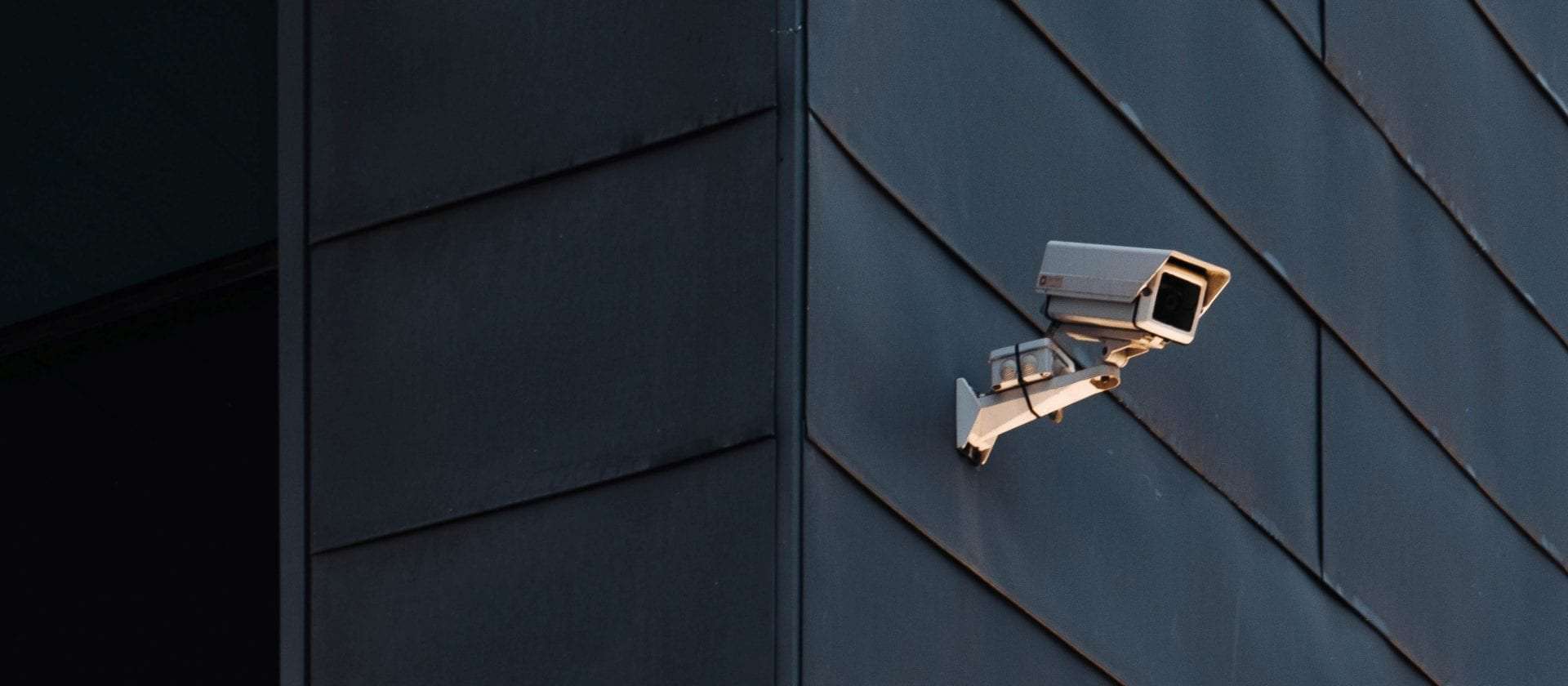
And third, having recorded footage will serve useful for incident assessment or historical analysis, aside from being a substantial piece of evidence in court in the event of a trial against an identified perpetrator.
Also, make sure you have high image quality from your cameras. This physical security measure will be ineffective if the footage only shows smudges and blurry faces.
Alarm Systems
A classic. Via the use of perimeter sensors, motion sensors, contact sensors of glass break detectors, alarm systems can be triggered to alert security staff when unauthorized access is attempted.
These commonly work in integration with physical barriers, mechanical mechanisms or even by manual trigger.
Keep in mind this physical security measures will only be useful if it is followed by a quick response when triggered.
Security Lighting
Intruders are less prone to enter well-lit areas for fear of being seen.
We recommend you also use this physical security measure strategically by placing light over doors and other entrances to facilitate observation of people coming in and out.
Make sure to place lamps in areas difficult to tamper with, for example, poles, and ensure you have a backup power supply in case intruders try to cut the electricity off.
Pro tip: it is preferable to use low-intensity widespread light instead of high-intensity narrow light because the latter can create unlit blind spots.
If you are interested in finding out more information on how to reinforce the physical security of your property, contact a member of our team today for assistance from professionals,







